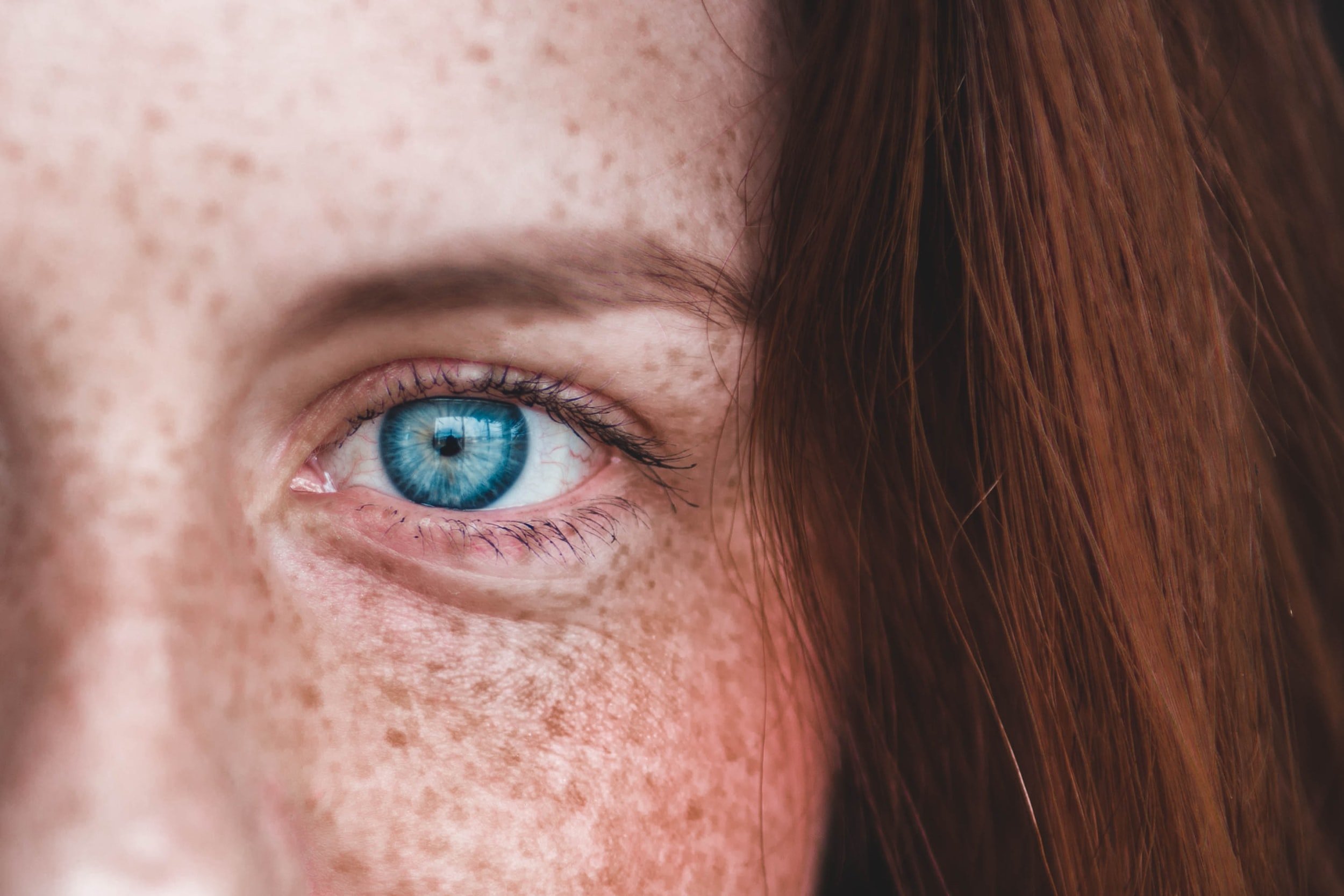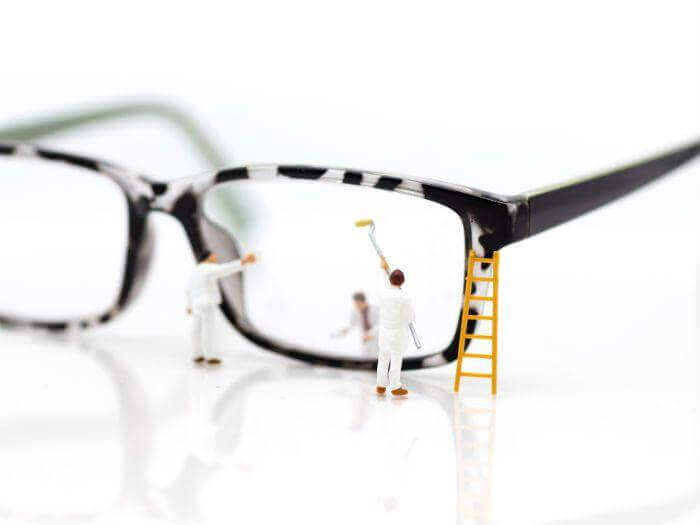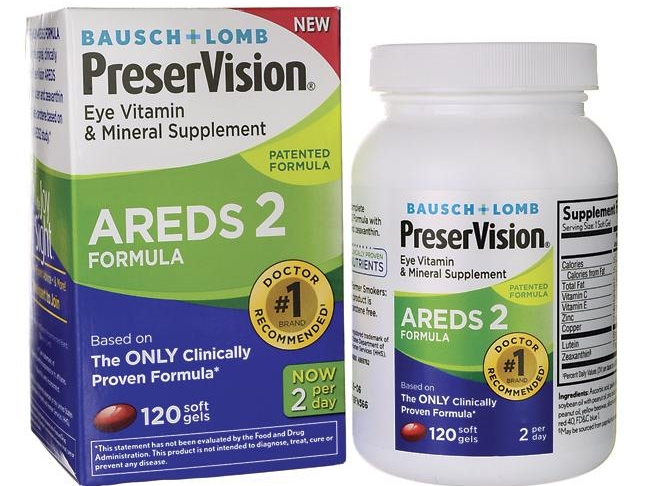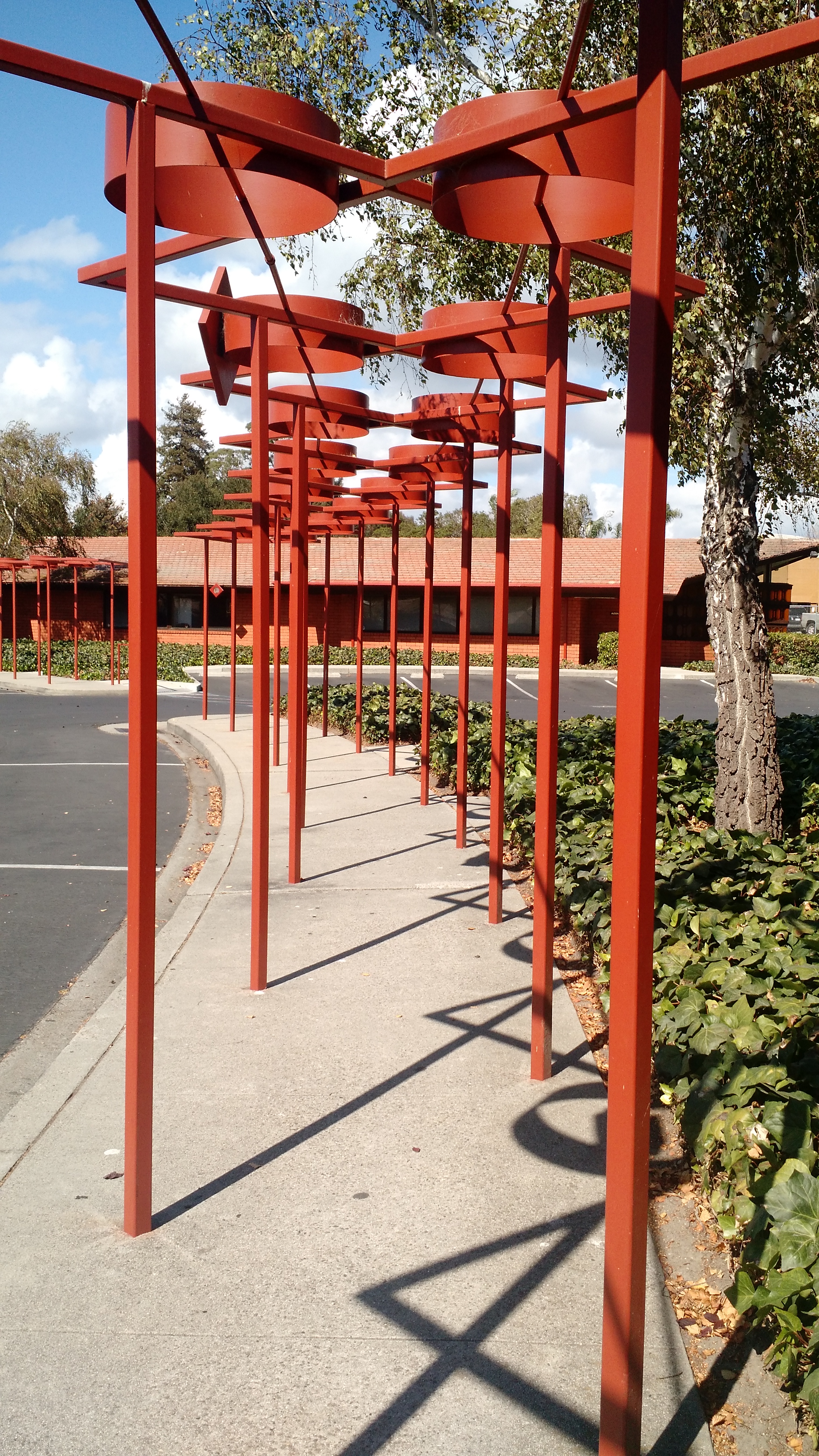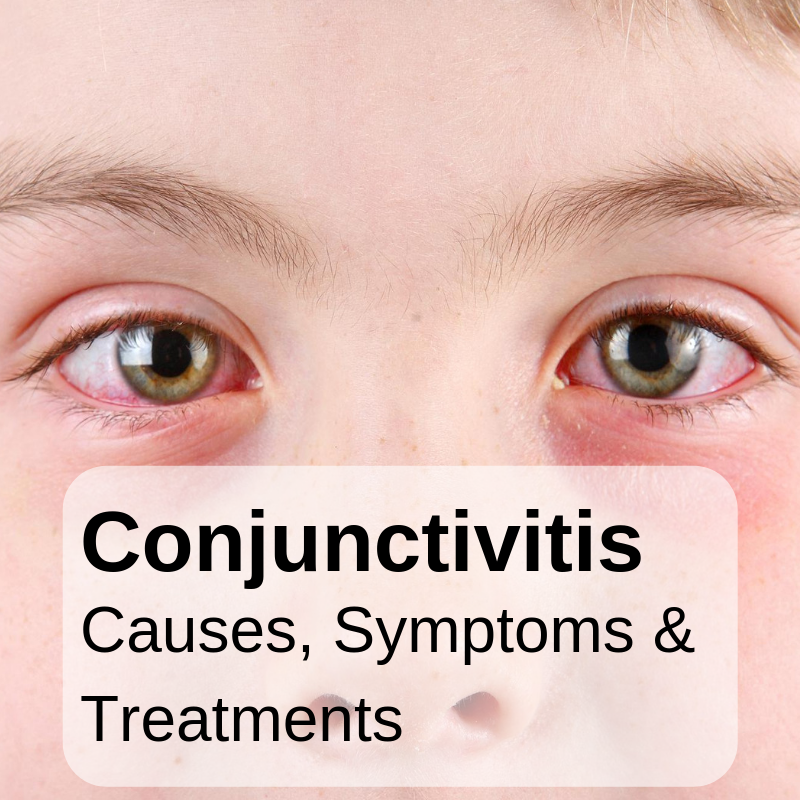Midtown Optometry’s San Lorenzo River Clean‑Up Day
/In July 2025 our Midtown Optometry team took our passion for eye health outdoors. Instead of spending the morning behind phoropters and slit‑lamps, we donned gloves and reusable buckets and headed down to the San Lorenzo River in Santa Cruz for a community clean‑up. The San Lorenzo may seem like a small creek when you cross it downtown, but this waterway is central to our city’s health. It is 29 miles long and drains a 137‑square‑mile watershed that includes Santa Cruz, Boulder Creek, Ben Lomond, Felton and Scotts Valley. Historically, its flow powered lime, leather and lumber industries and once supported prolific runs of steelhead trout and coho salmon.. Today more than 122 bird species forage and nest along the lower river, and nearly 100 000 residents rely on the San Lorenzo for most of their drinking water. During a symposium celebrating four decades of conservation, scientists described the river as “flowing directly through the heart of Santa Cruz” and noted that it is a vital water source for people, fish and numerous other animals and plants.
Why Clean Up the River?
We care deeply about our community and our planet. Midtown Optometry is not just an eye clinic; we actively invest in initiatives that lessen the environmental impact of our operations. Through our partnership with TerraPass, we support renewable energy and forest preservation projects. For every staff member, we contribute twice the value of their estimated footprint to conservation work through the Rainforest Trust, helping protect millions of acres of rainforest. Volunteering to clean local beaches and rivers is another way we take responsibility for the environment.
This isn’t our first clean‑up. Our office has also closed for a morning so the entire staff could pick up trash at Twin Lakes Beach, Boardwalk Beach, as well as other trips to the San Lorenzo River. At our first beach clean up at Twin Lakes, we spent the day gathering litter, from cigarette butts and napkins to bottles and cans, and hauled 37 pounds of debris off the sand. We left energized to do more.
The San Lorenzo
The river was tranquil, but the amount of trash lodged along its banks surprised us. In just a few hours we collected 22 pounds of waste, including bottle caps, fast‑food wrappers, micro‑plastics, fishing line and even an old car tire. Every piece removed made a difference.
We finished the morning by properly sorting recyclables and trash and enjoyed coffee together while watching the river flow past. The feeling of camaraderie was palpable; volunteering together not only helps the environment but also strengthens our team.
About Midtown Optometry
For those who don’t know us, Midtown Optometry is a trusted eye‑care practice located at 550 Water Street in Santa Cruz. Our optometrists—Dr. Fellers, Dr. Burns and Dr. Ruegg—trained at UC Berkeley and specialize in computer vision, ocular health, pediatric eye care and myopia management.
Looking Ahead
Our San Lorenzo clean‑up day reminded us how intertwined our community is with the natural world. The river has come a long way since the 1970s, when sedimentation, pollution and urban runoff degraded its habitat. Thanks to decades of conservation and public outreach, sedimentation has been reduced by 70 percent.



